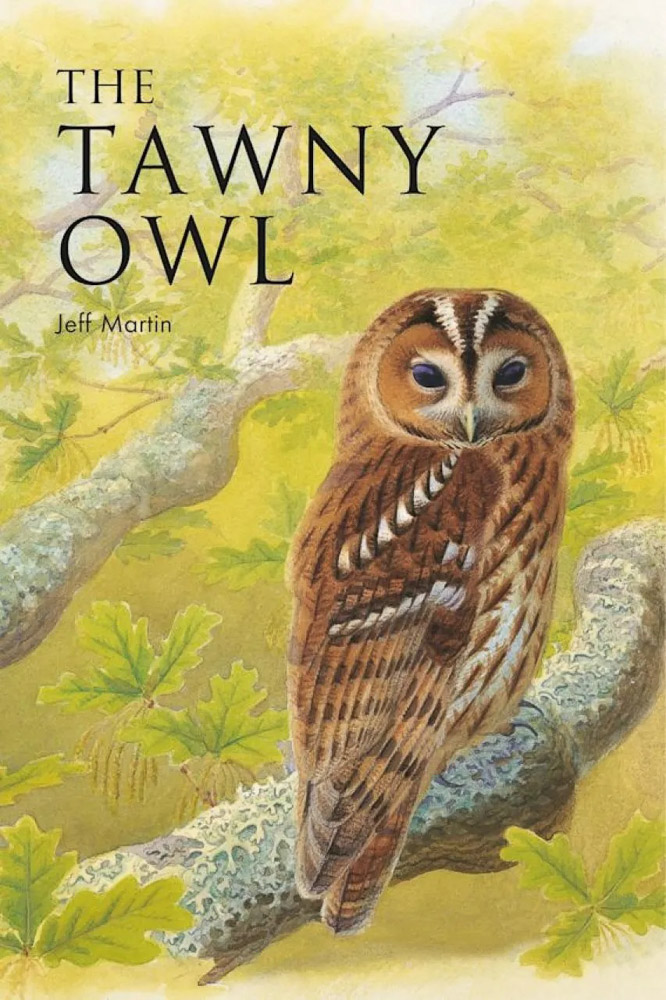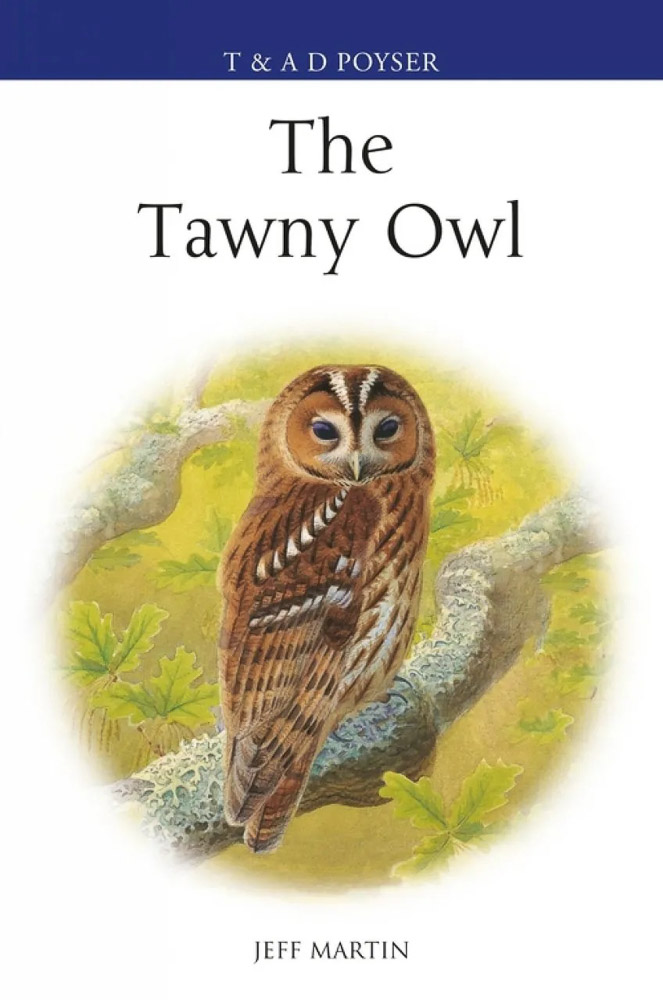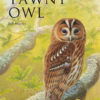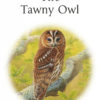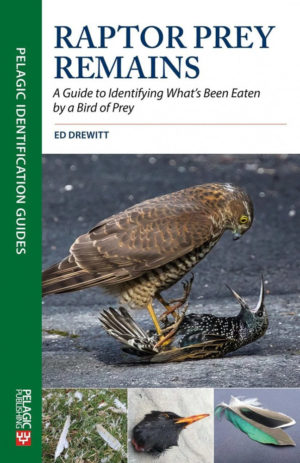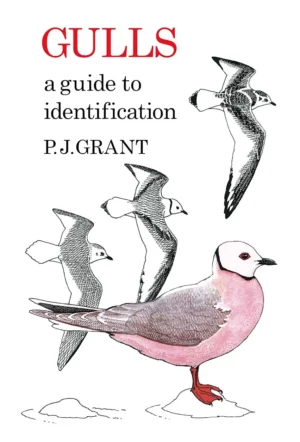Forlagets info
This fine bird – night-time screecher, scourge of voles and perpetual inhabitant of folklore – occurs in resident populations from southern Scandinavia down to North Africa and Iran in the south and from Portugal to Central Asia, with very closely related species occurring all the way to southern China. It is without doubt the most common owl species in Europe, but it remains mysterious; despite being the best-studied European owl, there is still much to learn about its ecology and behaviour.
A classic Poyser monograph, The Tawny Owl includes introductory sections on evolution and taxonomy – including the fascinating possibility that the British population is well on its way to full species status – followed by chapters on territoriality, sensory ecology, voice, diurnal activity, hunting behaviour and diet, nesting, chick development, population demographics, conservation and folklore. It is illustrated throughout with beautiful artwork for the chapter openers, as well as maps, figures and a central colour plate section with photographs of the bird and its habitats.
